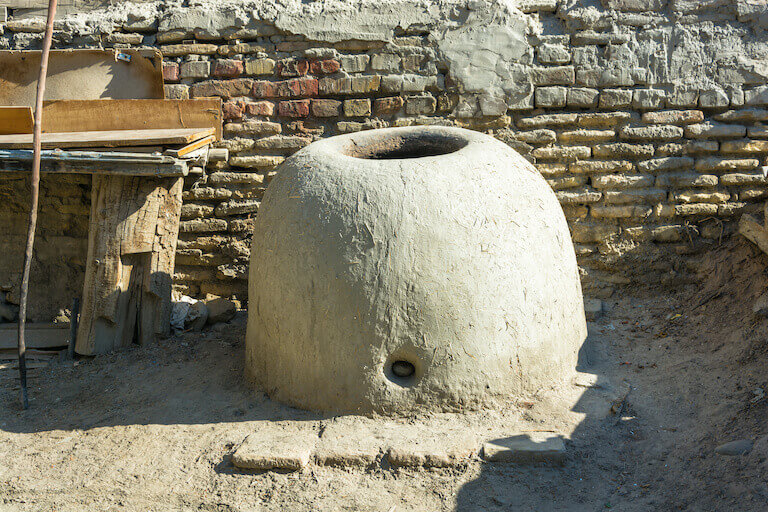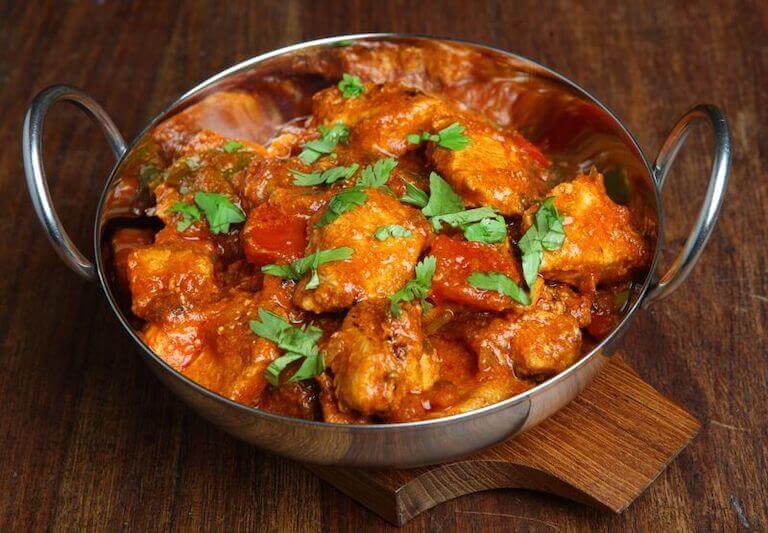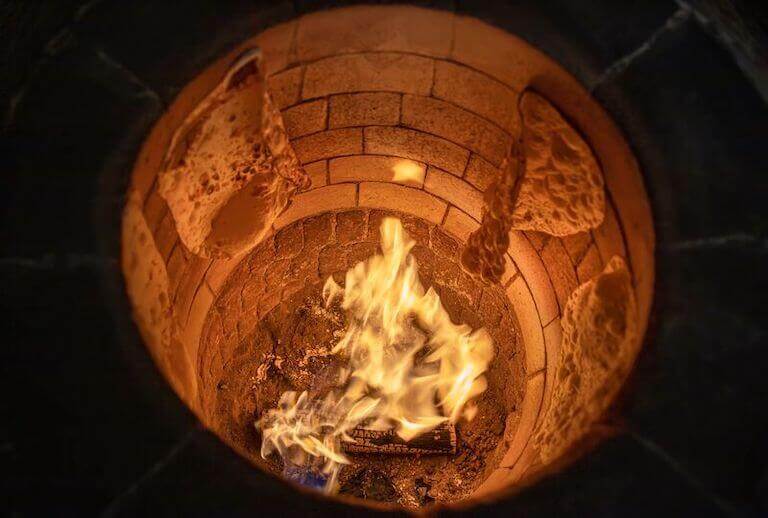Have you ever wondered what makes every bite of an Indian dish so rich, mouthwatering, and flavorful? Or how the meat at your favorite Indian restaurant is so perfectly tender?
Often, the answer is tandoori cooking, which involves marinating food in a blend of spices and yogurt, resulting in dishes with a rich and distinctive flavor profile and a characteristic smoky, charred aroma.
Whether you’re a seasoned cook or a novice in the kitchen, we’ll take you through the secrets of tandoori cooking to help you infuse your next meal with the rich flavors that define Indian cuisine.
What Is Tandoori (Other Than Just Delicious)?
The name “tandoori” derives from the traditional clay oven, known as a tandoor, which plays a central role in drawing out all of the flavor and spices in marinated meats, vegetables, and bread.
Tandoori cooking can be traced back more than 5,000 years to the banks of the Indus River, where the first tandoor ovens were crafted from clay. Initially utilized by the people of the Harappan civilization, tandoors cooked marinated meats, naan, and vegetables at scorching temperatures.
The tandoor oven boasts a unique design, characterized by a wide cylindrical body and a tapering neck. Its construction is simple yet effective, with a thick clay wall that ensures heat retention.
The lower section, often situated underground or within a well-insulated structure, houses the source of heat – typically a bed of charcoal or wood. As the fire burns, the tandoor oven’s thick walls absorb and store this heat. This design allows for the inside temperature to reach well above 700°F (370°C), making it perfect for the quick cooking of tandoori dishes.
The inner walls of the tandoor oven are often coated with a layer of ghee or oil, contributing to the signature smoky, charred flavor that defines tandoori cuisine. This flavor is also intensified by the extreme heat generated in the tandoor to quickly sear the exterior of marinated meats, vegetables, and naan, creating a flavorful outer crust while sealing in moisture.

Modern tandoor ovens still use the basic concepts developed in tandoor from the ancient world.
How Tandoori Meats and Naan Are Made
The process of creating naan and tandoori meats in a tandoor oven is a masterful display of how to maximize the flavors in your cooking.
For naan, the dough is prepared by mixing flour, water, yeast, and sometimes yogurt or milk. After the dough begins to rise, small portions are stretched into flat oval shapes, and are often brushed with ghee or butter and sprinkled with seeds or herbs for added flavor.
The naan is then slapped onto the inner walls of the preheated tandoor oven. The intense heat cooks the naan quickly, causing it to puff up and develop a charred exterior, while the inside remains soft and fluffy.
The not-so-secret secret of great tandoori meats lies in their marination. Meats like chicken, lamb, or fish are typically soaked in a mixture of yogurt and a blend of spices that may include cumin, coriander, paprika, and garam masala.
What Spices Do You Need for Cooking Tandoori Recipes?
Tandoori cooking relies heavily on a combination of rich spices. You can start experimenting with or without a tandoor oven to incorporate new flavors into your home cuisine:
- Coriander
- Cumin
- Paprika
- Garlic powder
- Ginger
- Cloves
- Mace
- Fenugreek
- Cinnamon
- Black pepper
- Cardamom
- Nutmeg

Tandoori cooking results in rich colors and flavors
5 Tips and Tricks for Tandoori Cooking
It’s important to prioritize safety as you delve into the cooking process. Here are some helpful tips and techniques to ensure that you can cook safely and deliciously with a tandoor oven:
1. Be Safe: Wear Protective Gear
Tandoor ovens reach extreme temperatures, and safety should be a top priority. Wear protective gear, including heat-resistant gloves, to prevent burns when placing or removing skewers from the oven.
It’s also advisable to have a fire extinguisher nearby as a precautionary measure, ensuring you’re prepared in case of unexpected flare-ups.
2. Maneuver the Vents to Get the Right Temperature
Begin by preheating the tandoor oven to the desired temperature, which can often exceed 700°F (370°C). To control the temperature effectively, learn to adjust the draft or ventilation openings in the tandoor. Opening these vents allows more oxygen to feed the fire, increasing the temperature, while closing them reduces the heat.
Experiment with the draft control to get the hang of temperature regulation and adapt it to your specific recipe needs.
3. Know How to Skewer
Skewering is an essential step in tandoori cooking. Use long and sturdy metal skewers that are designed for high-heat cooking.
Before skewering, ensure your ingredients are evenly sized and that the skewer is securely threaded through them. This promotes even cooking and minimizes the risk of ingredients falling into the fire.
4. Don’t Feed the Fire: Avoid Flare-Ups
Flare-ups can occur when dripping marinade or juices come into contact with the flames in the tandoor. To minimize this risk, consider using lean cuts of meat and dabbing off excess marinade before skewering.
Additionally, rotate skewers to ensure even cooking and to prevent drippings.
5. Always be in Maintenance Mode
Lastly, maintain your tandoor oven regularly to ensure its safe and efficient operation. Check for any damage, especially to the clay walls, and address any issues promptly.
Clean the interior to remove any accumulated residue that could lead to undesirable odors or affect the flavor of your dishes.

A tandoor oven reaches high temperatures, which helps sear meats and vegetables and seal in moisture. It also helps cook naan quickly, causing it to puff up and develop a charred exterior.
Tandoori Cooking Is a Flavorful Fusion of Tradition and Innovation
From the ancient origins of the tandoor oven to the modern adaptations that are used in homes and restaurants today, tandoori cuisine stands as a testament to the enduring appeal of Indian culinary innovation.
Whether you’re an experienced chef or an enthusiastic home cook, tandoori cooking offers a world of flavors and experiences waiting to be discovered.
At Auguste Escoffier School of Culinary Arts, students can find out more about a variety of global cuisines in the Culinary Arts program. They can experience flavors and techniques from around the globe and discover what foods excite them the most.
Contact us today to see what culinary treasures might await you! Financial aid is available for those who apply and qualify, so an authentic taste of world cuisine might be closer than you think.



